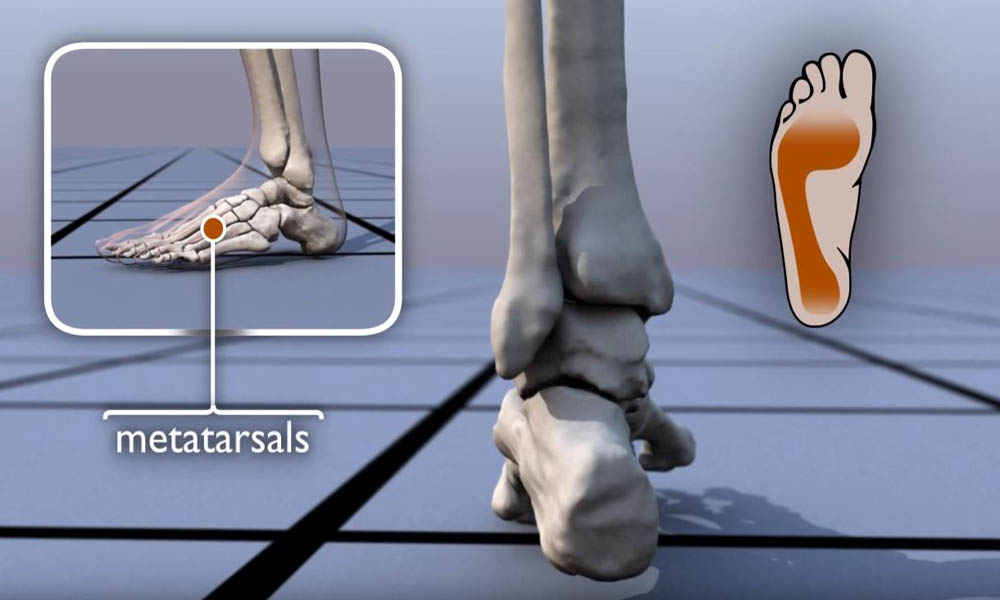Staying Healthy
Exercise Walking
The average person walks between 3,000 and 4,000 steps each day. Although this may seem like a lot, you may want to add more steps to your daily routine with an exercise walking program. Consider the benefits to your physical and mental health:
- A brisk walk increases your intake of oxygen, strengthens your heart to pump more blood, improves circulation, and lowers blood pressure.
- Walking also slows development of arthritis, slows loss of bone mass, and tones your muscles gently.
- Walking reduces stress, helps you keep a positive outlook, can make you feel (and look) younger, and can help you sleep more deeply and restfully.
If you are recovering from a recent injury or surgery or have a chronic condition, you should see your doctor before beginning a walking program. You may be able to withstand the low-stress effort of walking without aggravating your condition. Walking has helped many people find relief from arthritis and back pain.
You can walk alone or with friends, almost anywhere and anytime it is convenient for you. The only equipment you need is a good pair of shoes, which should be comfortable and supportive and not cause blisters or calluses. Choose shoes that support the arch and elevate the heel slightly. There should be stiff material surrounding the heel (the heel counter) that keeps your heel from turning in or out or wobbling. The toe box should be roomy but not too long.
Starting Your Program
When you start your exercise program, warm up by walking as you normally would for 5 minutes, then pick up the pace to whatever speed gets your heart beating faster and your lungs breathing deeper. Keep up the faster pace for about 15 minutes. While you walk:
- Swing your arms
- Keep your head up, back straight, and abdomen flat
- Point your toes straight ahead
- Take long strides, but do not strain
Cool down by walking at your warm-up speed again for 5 more minutes. Do gentle stretching exercises when you are done.
Establish a Routine
Repeat the above routine 3 or 4 days a week with days for rest in between. After 2 weeks, add 5 minutes to the strenuous part of your walk. Keep adding 5 minutes every 2 weeks as you gradually build strength and endurance.
Another way to build fitness with a walking program is to use walking sticks or poles. Using a stick in each hand gives your upper body a better workout and provides your lower body with more stability.
Proper Hydration
During exercise, be sure to keep a water bottle handy to prevent dehydration. Drink 1 pint of water 15 minutes before you start walking, and another pint after you cool down. Have a drink of water every 20 minutes or so while you exercise.
Commit to Physical Activity
When you start a walking program, you are making a commitment to yourself to be more physically active. This should be a lifetime pursuit, as the major health benefits of exercise walking take place over time.
Keep track of your progress as you become more physically fit and increase the intensity of your workouts. You might consider getting a pedometer (available at most sporting goods stores) that clips on your belt or a fitness tracker that is worn on your wrist to automatically record every step you take. In addition to your exercise walking routine, consider ways you can build more steps into each day, such as taking stairs instead of elevators or parking your car at the far end of parking lots.
Contributed and/or Updated by
Peer-Reviewed by
AAOS does not endorse any treatments, procedures, products, or physicians referenced herein. This information is provided as an educational service and is not intended to serve as medical advice. Anyone seeking specific orthopaedic advice or assistance should consult his or her orthopaedic surgeon, or locate one in your area through the AAOS Find an Orthopaedist program on this website.








